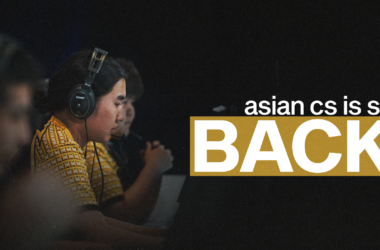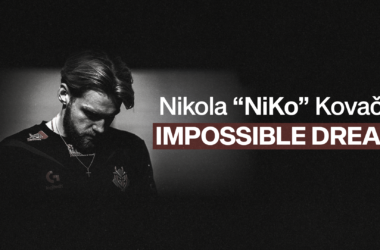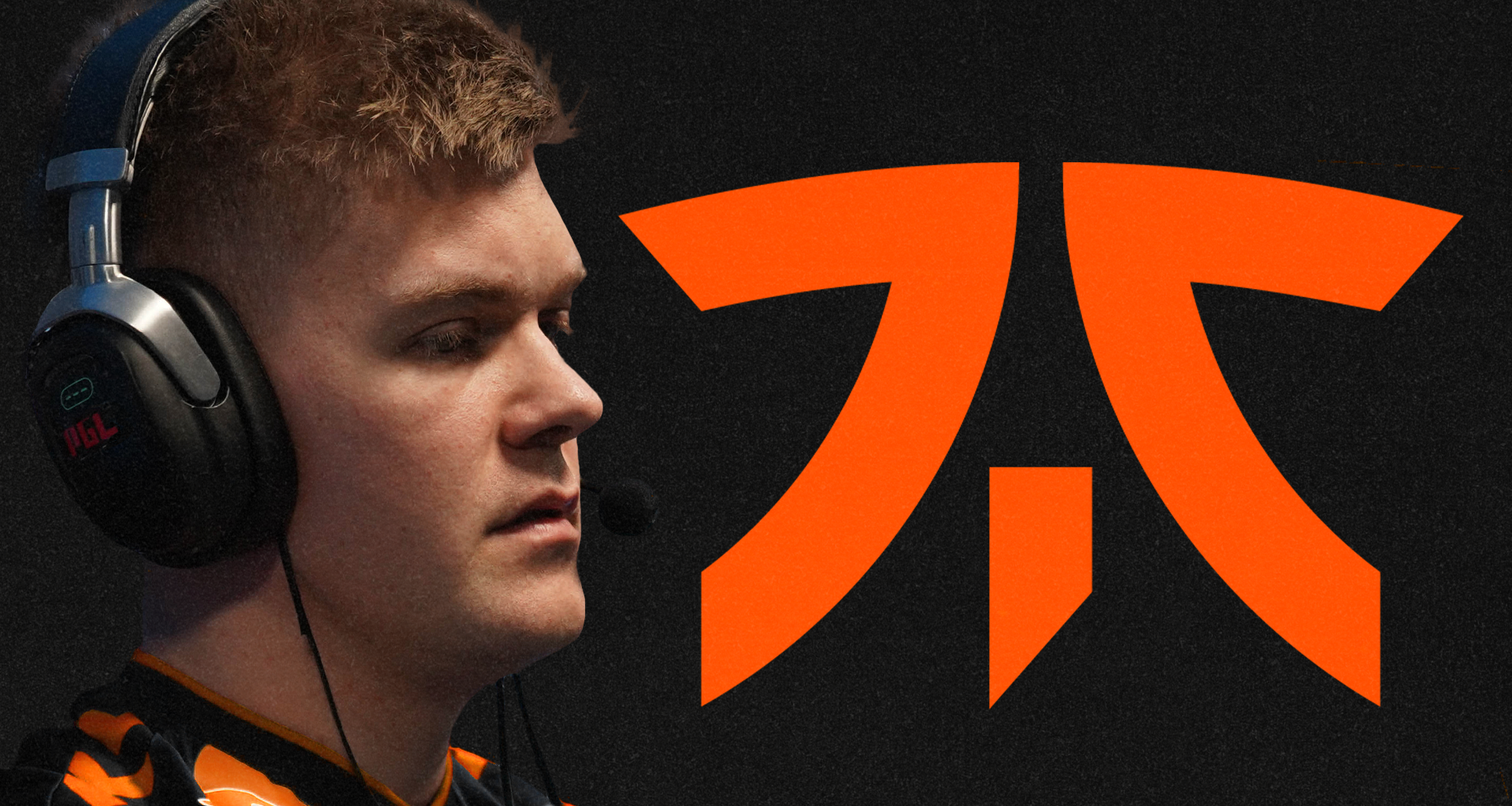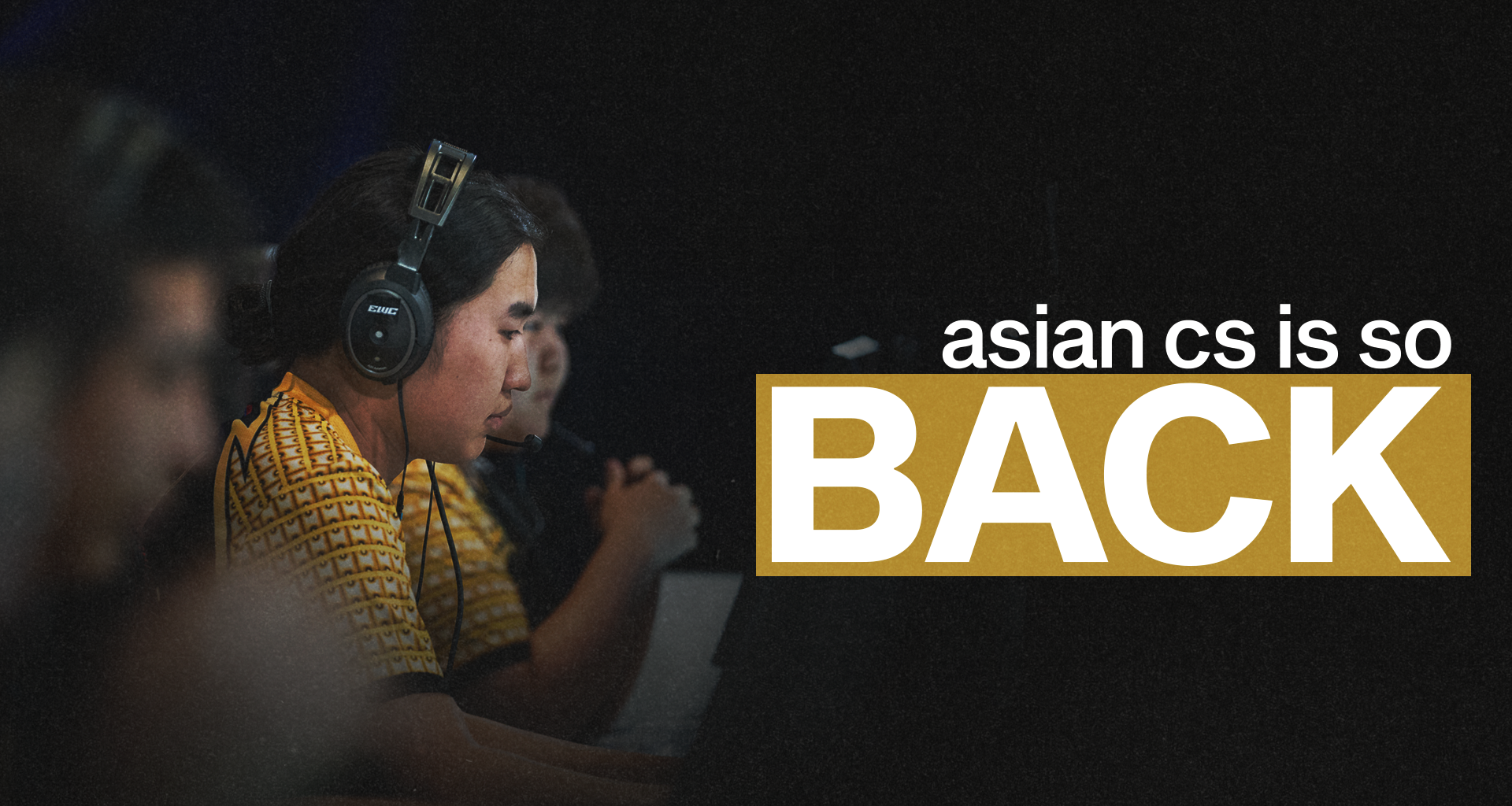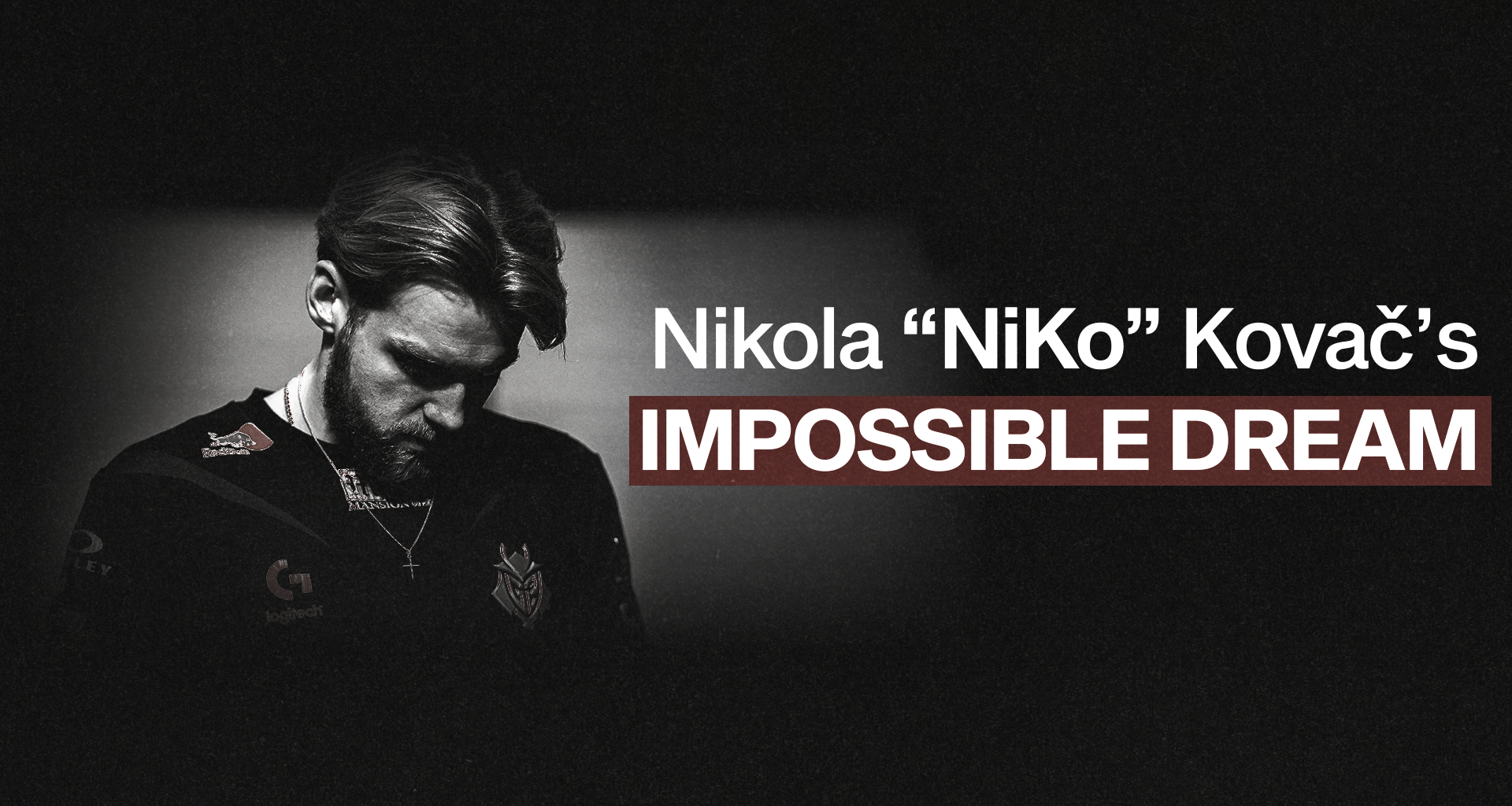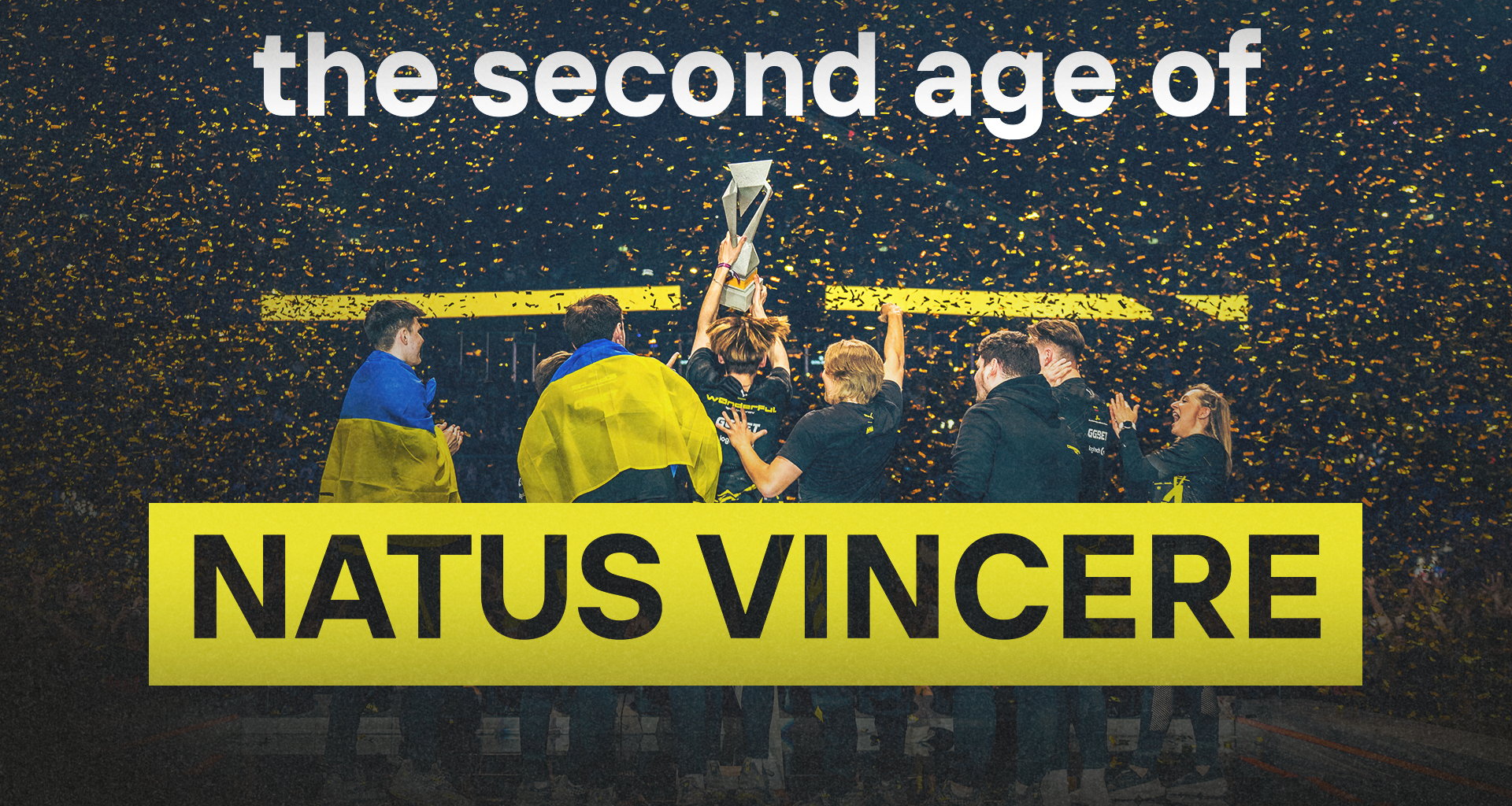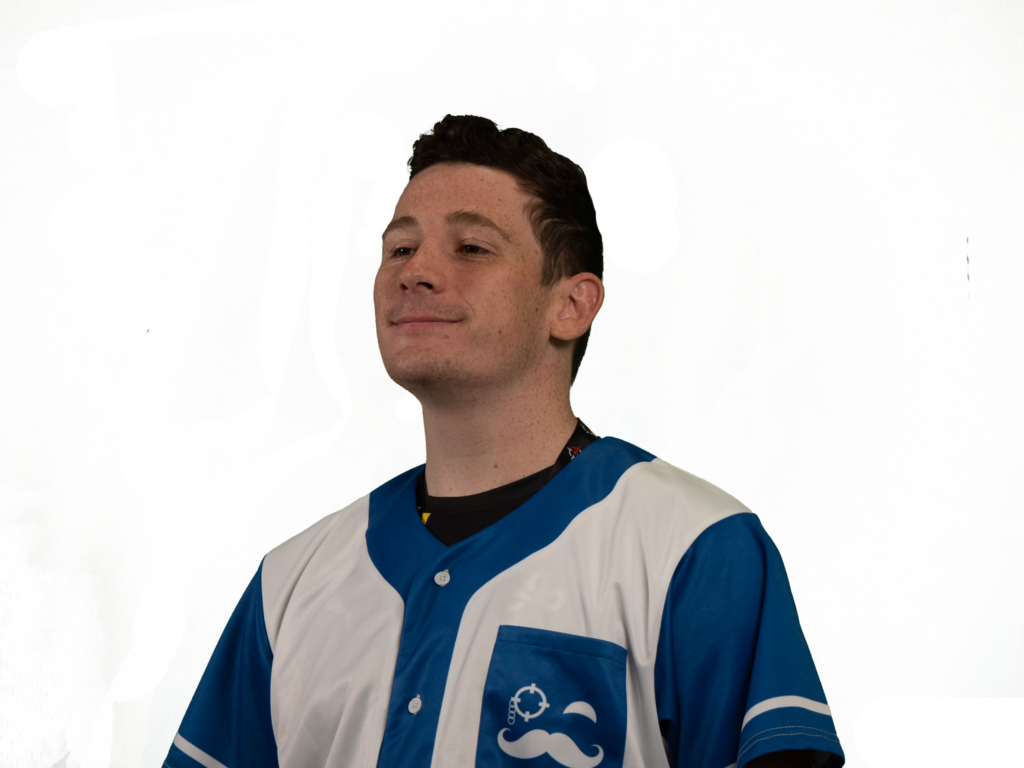Almost exactly 4 years ago, Complexity won their first, and to date only, S-tier event in CS:GO — the BLAST Spring 2020 Finals Europe which was held online due to the COVID-19 pandemic. High-fragging in-game leader Benjamin “blameF” Bremer had gone to the North American organization, answering owner Jason Lake’s call for a “juggernaut”, and the team had survived the early days of the COVID-19 pandemic, taking home the $335,000 winners’ cheque. Two months prior, FNATIC’s Swedish lineup had been ranked #1 in the world on HLTV after a win in the eleventh series of ESL Pro League — a similarly COVID-restricted event.
On the 14th of May 2024, a very different blameF signed for a very different Fnatic. Reunited with coach Jamie “Keita” Hall, who coached the Dane on Epsilon and Complexity, the trio of player, coach, and organisation have all experienced some humblings over the past few years. The question is, will this reunion be a blockbuster move that returns Fnatic to relevance, or the last gasp of a failed approach?
The BlameF enigma
Star or stumbling block?
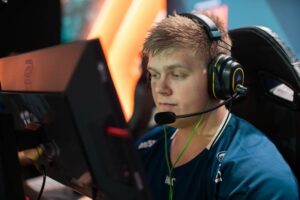
blameF has made the HLTV top 20 for four straight years. In all bar the most recent, he was the highest-rated player on his team. He is frequently showered in praise for putting up stats where the rest of his team are struggling. On Complexity and his latter time at Astralis, he did this whilst juggling in-game leader duties. Despite all of this, he has never shed the nickname “baitF”, nor achieved the team success that would perhaps be expected given the pieces assembled alongside him.
In his time on Astralis blameF took on multiple roles, but the roles he is most associated with are as a star rotator on the CT side and a lurk player on the T side. When a fan thinks of blameF, the chances are they will think of him in Mid on Mirage, with 30 seconds left on the clock, and it’s a 50/50 coin toss whether that image is blameF effortlessly dispatching of two rotating CT players, or being left to save his gun, with his entire team shot dead on the bombsite.
Complexity’s “juggernaut” lineup never quite matched up to that initial BLAST success. Internal tensions, particularly with youngster Owen “oBo” Schlatter – who spent some of those early pandemic days living in Keita’s house – prevented them from achieving sustained success in top-tier events; Schlatter’s replacement with Justin “jks” Savage, fresh from 100 Thieves, never quite cut the mustard as role clashes with blameF were cited by community figures as a main reason. Keita left to make way for a big-name signing in Luis “Peacemaker” Tadeu; his job was made harder by a series of illnesses and injuries forcing the team to use stand-ins for multiple events. The “juggernaut” flamed out, and Complexity returned to a North American lineup that seems to be working out well for them. blameF was the #6 rated player on HLTV for 2020 and, regardless of Complexity’s struggles, still finished #13 for 2021.
At the end of 2021 blameF made another blockbuster move, joining Astralis alongside his Complexity team-mate, Kristian “k0nfig” Wienecke. They were signed to replace the Vitality-bound Magisk and Dupreeh, but the initial hype of a 3rd place at BLAST World Finals 2021 gave way to mediocrity. The closest the roster came to a trophy was a runners-up finish at second-tier event the Pinnacle Cup Championship, and they crashed out of PGL Major Antwerp 2022 in the opening Contenders stage. (In Stockholm 2021, the last gasp of the classic Astralis core, they at least made the New Legends stage before exiting). blameF took home the MVP trophy at the Pinnacle Cup Championship despite the defeat to Heroic in the final; the picture remains a classic in the genre of “unwanted MVPs”. Also, he was HLTV’s #12 player for 2022.
Astralis bombed out of ESL Pro League Season 16 in groups and took advantage of an incident involving k0nfig and a nightclub bouncer to unceremoniously dismiss the controversial Dane. They also got rid of AWPer Farlig, who had never quite seemed comfortable in gla1ve’s system, bringing back dev1ce after whatever the hell happened on NiP and giving blameF a star AWP to go along with his superstar rifle. Once again, the early online successes gave way to mediocrity when it mattered most. They lost in the RMR – to k0nfig’s NiP no less. There were no deep runs on LAN, only a handful of scattered online trophies.
Again they rang the changes, desperate to unlock blameF’s full potential. blameF would once again become an IGL, with the once-dominant gla1ve deemed surplus to requirements. Further to gla1ve’s benching giving way for blameF to take up the captaincy, it also allowed him to play his preferred roles once again. The organization showed their faith first by rewarding him with a two-year contract, then by signing stavn and jabbi from domestic rivals Heroic in extremely controversial circumstances. The team had fallen in the semi-finals of IEM Cologne that year to eventual champions G2; this was a move designed to turn them back into champions, with blameF as the franchise player. He was HLTV’s #16 player for 2023.
blameF was benched in February of this year following Astralis’ humiliating failure to qualify for a third Major in a row. A narrow defeat to Spirit was one thing; more one-sided reverses by Heroic and gla1ve’s ENCE quite another, and the final insult was a 2-0 defeat by unfancied underdogs 9Pandas. blameF was the highest-rated player on the team at the event, but the role clashes — created in no small part by the decision to bring in stavn and jabbi — were too great to ignore. He also received flak for leaving the post-elimination interview to youngster Staehr.
There is a sense that blameF can be a leader on the server, but lacks the temperament of a true leader – and nowhere was that better exemplified than by leaving Staehr to do the interview, even if Astralis argue it went down differently. No one can accuse him of not putting the hours in on the server, or doubt his individual ability, but the question marks were always there about blameF when he seemed to prefer pugging on FACEIT into the early hours of the morning to working on a gameplan or developing players.
This will not be an issue on Fnatic — his new team have confirmed that he will defer to Alexandre “bodyy” Pianaro. The questions over his individual form – the allegations that he pads his stats on eco rounds, and his overall impact – remain.
Fnatic’s Freefall
From a top team to barely scraping top 30
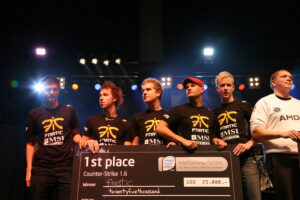
When blameF won his first big Counter-Strike trophy in June 2020, Fnatic had not long prior won their 70th. The British organization has been going since the early 2000s and counts three Majors with their dominant Swedish lineup amongst that number. Now, of that roster, only one Swede remains – Freddy “KRIMZ” Johansson – and success has been extremely elusive since there glory days.
Having fielded a Swedish roster in Counter-Strike for many years, Fnatic went international in 2021 after efforts to rejuvenate their lineup with youth proved unsuccessful. Though they won some online tournaments and peaked at #11 on HLTV with a UK core, the exits of AWPer Smooya (due to conflicts with in-game leader ALEX) and star rifler Brollan (due to interest from Ninjas in Pyjamas) saw them struggle again. Keita’s time coaching Fnatic has seen just one LAN title – the second-tier Elisa Masters Espoo – and a quarter-final Major appearance, with a peak HLTV rating of #9 – a far cry from the glory days of the black and orange. It is perhaps no wonder that fans’ frustrations have grown.
Fnatic’s roster in that time has taken on different forms, but a key throughline is trying to turn the best of tier 2 talent into tier 1 stars. Mezii was signed from Endpoint, where he had been putting up extremely strong numbers; under Fnatic he continued to be a star player as well as briefly shouldering in-game leadership duties, which is what prompted Vitality to come calling. FASHR was signed after a strong run in the second tier with ECSTATIC, afro with LDLC (1.21 average HLTV rating last year), and MATYS likewise showed excellent form on Team Sampi. It is an approach that some would call “shrewd”, but others would call “cheap”, and Fnatic’s fanbase has tended towards the latter.
When Brollan and Mezii were sold, Fnatic’s esports team promised that investment would be made, words that would be flung back in their faces as the hoped-for results did not come. Fnatic have not played in an arena setting since Elisa Espoo at the end of 2022, and were it not for the RES Regional Series Europe 1, that Espoo would be their last trophy as well. Not that the $50k online event has done much to satiate fans angered by a failure to qualify for the Major.
Especially when Fnatic’s track record in the transfer department has been questionable. FASHR was moved on (after a stint that saw a lot more red than green on his individual stats) to enable a dedicated in-game leader to come in. That in-game leader was dexter, who was off a largely unsuccessful stint with MOUZ and looked it; he too would leave once Mezii was gone, suggesting he was only brought in to relieve the Brit of calling duties. roeJ and nicoodoz looked strong against lower-tier opponents but went missing in big events. afro, nicoodoz’s replacement, has struggled to put up the star numbers expected of an AWPer — his average rating for LAN events this year is a woeful 0.89.
This year, Fnatic’s team has only been in the top 30 for a single week, which was right after their RES win, and if you take out online matches, not a single player has a positive K/D for the season. Picking up the best from the lower tiers seems to have run its course.
The positives
Fnatic could have a bright future
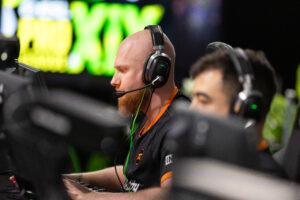
blameF has been given his star roles and will not be calling on the team, though he will be providing a secondary voice. KRIMZ, who has been one of several veteran players to receive a new lease of life in CS2, will take on anchor roles to allow blameF to play as a rotator on CT side and a lurk player on T side — the Dane’s preferred spots.
He is replacing kyuubii, a youngster who was signed from Sangal and sports the lowest rating on the team. While kyuubii’s stats this year look good at first glance – a tidy 1.04 average HLTV rating – that falls to just 0.91 if you restrict it to LAN matches. It is likely that blameF will therefore bring an immediate boost in firepower. The Dane also has plenty of recent tier 1 experience, something that the side before was distinctly lacking, the ever-present KRIMZ aside.
Keita is a prominent scapegoat for some Fnatic fans, who see him as a symbol of Fnatic’s mediocrity, but he is well-respected by the players he has worked with, including blameF. Reuniting the pair makes a lot of sense – remember that Keita worked with blameF before the Complexity days, when they were on Epsilon Esports. If anyone knows how to unlock the enigma it is the coach who has worked with him the longest and who has given him the most success – and his only tier 1 trophy.
And of course Fnatic themselves have a new “focal point” player. Mezii was that player for them previously, both able to unlock early rounds with key frags and to clutch up when needed at the end. Not only that, but Fnatic have a bona fide star with a big fat transfer fee to match. No longer can anyone claim they will not spend, where necessary, to solve their problems.
The negatives
No guarantees and some warning signs
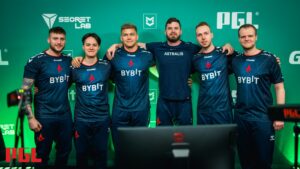
Of course, the other way of looking at it is that blameF — and Fnatic — have both tried a lot of things over the past few years, and none of them have worked.
Astralis spent millions to assemble a trophy-winning roster for blameF, and ended up failing to make three Majors in a row. Complexity’s “juggernaut” did not come cheap either. And yet through numerous rosters blameF’s teams have always flattered to deceive, often starting out strong, then falling off.
Fnatic have tried multiple different approaches to solving their problems. Despite the criticisms they have invested money – MATYS’ buyout was a reported €170k – but investing in young talent has not worked out for them as well as, say, MOUZ. Being the Southampton of esports, it seems, does not work in Counter-Strike – especially when your fans expect you to be Manchester United.
Why did blameF choose Fnatic? Was it the chance to be reunited with Keita, to help rebuild a storied name in Counter-Strike and prove he could compete as a star player – or was it simply that he had no other good options? With Astralis gone and Heroic now international, there are no real Danish options on the table. Most of the international rosters, meanwhile, have franchise players of their own, many in the same roles as blameF. His stock is probably the lowest it has been in some time.
And there is a nagging worry: Astralis gave blameF everything he wanted in a bid to unlock his potential. They benched their long-standing in-game leader to give blameF control and his preferred positions. Fnatic have promised that initially, bodyy will remain in charge of the team, but if this doesn’t work, will they pivot to the same tactic that Astralis tried and failed?
To me at least, one thing is clear: if Keita can’t get blameF the team success he needs, that feels like the end of blameF’s career at the top of Counter-Strike. Three strikes and out.
Are more changes in the pipeline?
One player can make a big difference
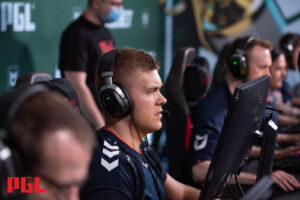
blameF will not only inject firepower into a Fnatic team (1.16 average rating in 2024!), but also bring with him the experience to help in mid-rounds. This should help benefit his teammates as well. He also proves that Fnatic are willing to spend money on replacements – which effectively puts his teammates on notice. Lastly, blameF’s acquisition changes the team’s profile; the youngest player on the side is now MATYS at 22, meaning there is scope to bring in a raw yet unrefined talent and mold them with an experienced core, similar to how Fnatic took a gamble on Ludwig “Brollan” Brolin” in 2018.
To give an example, in blameF’s first tournament, he has already become Fnatic’s best player this year for opening kills — 58.1% success rate, with 23.2% of the team’s attempts. Kyuubii, coincidentally, was the worst — with just a 0.90 opening kill rating for 2024.
But, let’s say Fnatic were to make another change: the obvious choice would be afro. The Frenchman has struggled on LAN, especially since the switch to Counter-Strike 2. The addition of countryman bodyy has not — yet — borne fruit if the goal was to help him feel more comfortable. One suspects that the next month before the player break could be a useful gauge for whether afro can compete at a tier 1 level or if Fnatic should turn their sights elsewhere.
Bodyy himself could be a target as well. He was picked up after a stand-in stint with Into the Breach, where he took a previously unstable roster and guided them to a CCT victory. He made sense for a Fnatic rebuilding and trying to make the best of a bad situation, but that is not the same thing as a long-term solution, especially when he is 27 years old. (Age may be less of an issue in Counter-Strike these days, but bodyy is unlikely to unlock a new ceiling late in his career, especially with the hindrance of calling duties.)
Fnatic are international and seemingly have financial muscle. Flex those at the right time and they could find their next Brollan. Yes, they have missed out on some good potential signings — look at GamerLegion’s new young core, for example — but more will no doubt present themselves.
This acquisition marks a significant shift from our approach over the last few years, emphasising our commitment to not only participate but return to meaningful competition. – Ross Rooney, Fnatic Esports Analysis & Strategy Manager
Fnatic can be a top team again
Only time will tell
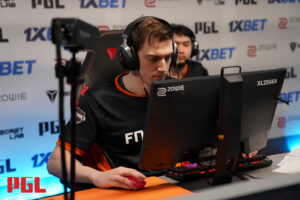
Fnatic are probably grateful for the likes of Evil Geniuses and Ninjas in Pyjamas for taking the heat off their team over the last few years. Their decline has not been as dramatic as either of those organizations, but the time since fans were able to cheer the black-and-orange in an arena setting speaks for itself.
The Counter-Strike ecosystem is changing as well. Fnatic have been part of the Louvre Agreement, ESL’s revenue-sharing and tournament invitation partnership, since its formation in 2020. But they have not been part of BLAST’s similar program, which places them at a disadvantage compared to certain teams. Starting next year, such agreements between tournament organizers and teams will be banned, as part of an “even footing” between teams in Valve’s ecosystem. Fnatic have admitted previously that they waited too long to make certain changes; now they are getting ahead of a big one.
blameF seemed like a rogue signing when I first saw it; when I remembered the Keita connection it made more sense. The team still feels slightly makeshift – a mix of experience and youth, a tier 1 star added to a makeshift IGL and the best Fnatic could find in the lower tiers — but blameF over kyuubii gives them that X Factor in otherwise unwinnable rounds.
Certainly, at a minimum, this change should put Fnatic back into the world top 20 on its own. This author is not convinced it will be enough, on its own, for them to win trophies — at least not in the short term. But it will certainly be a start in turning Fnatic back into top contenders rather than gatekeepers for tier 2.

